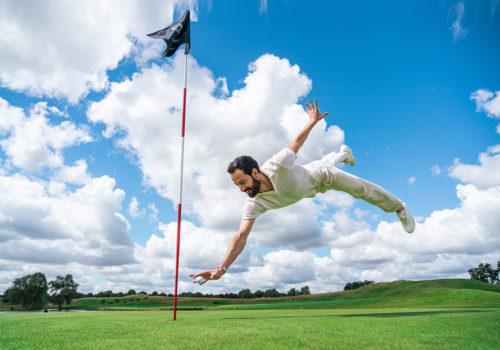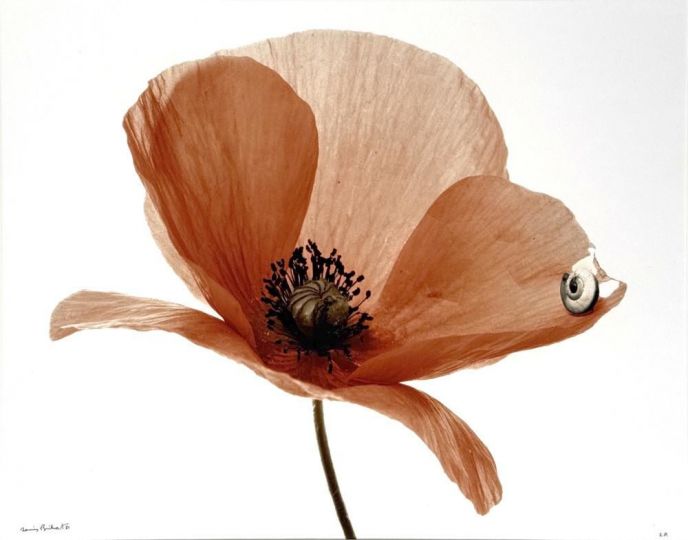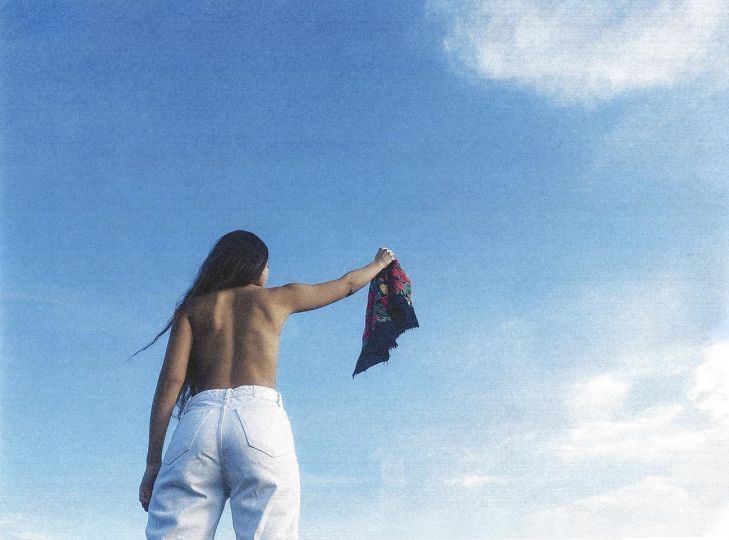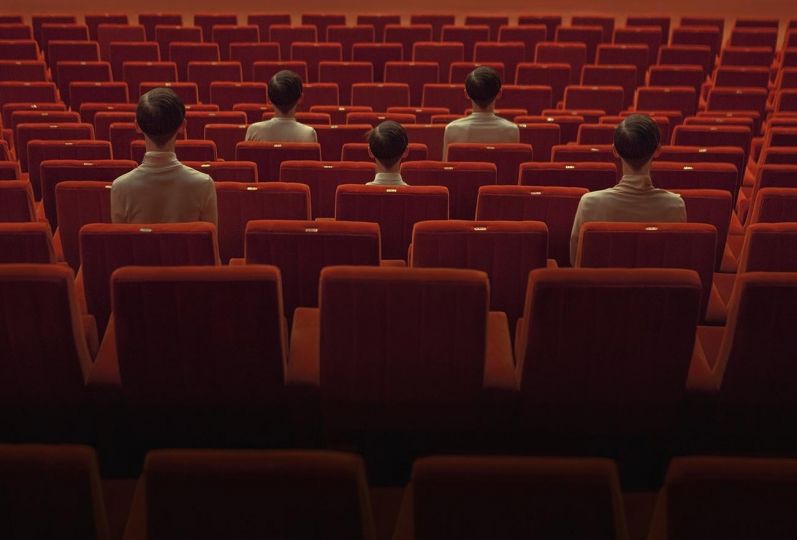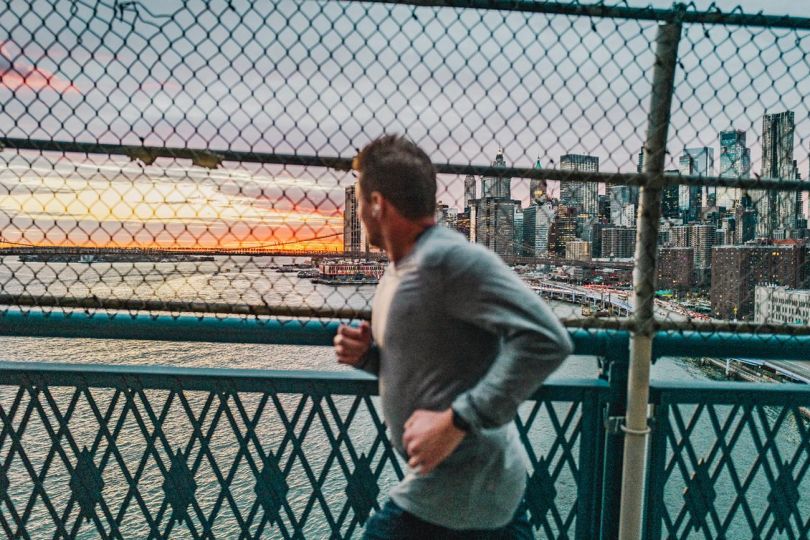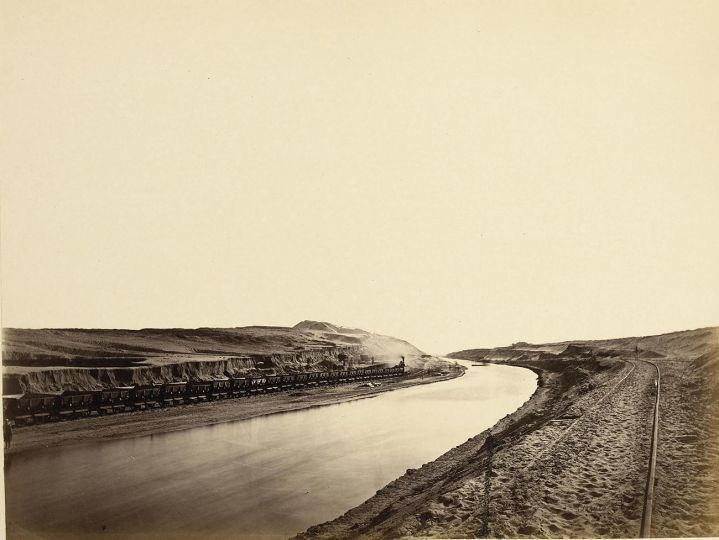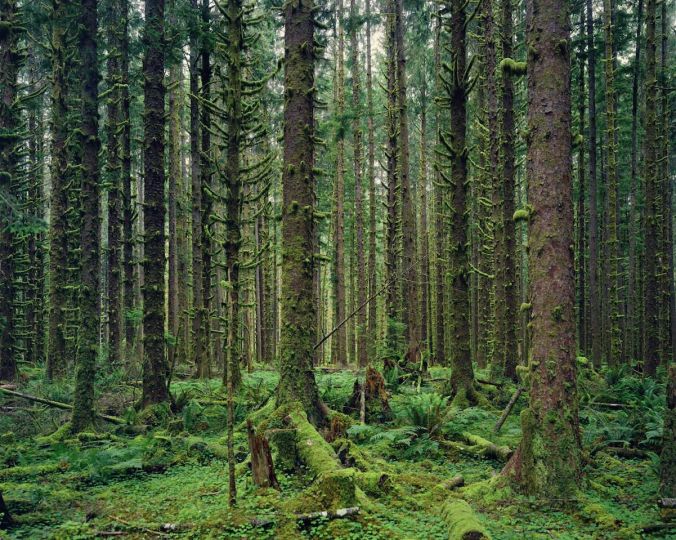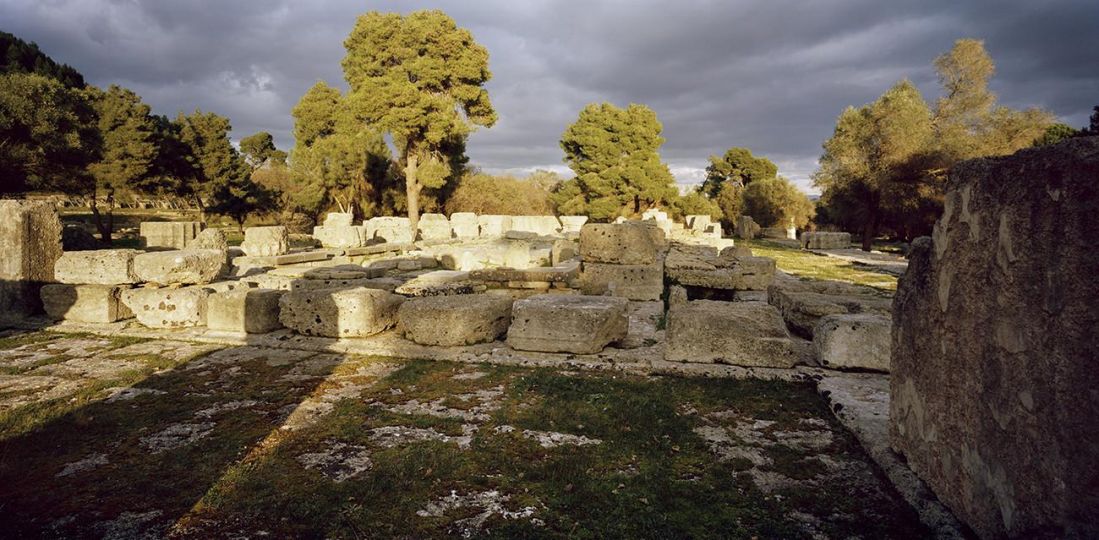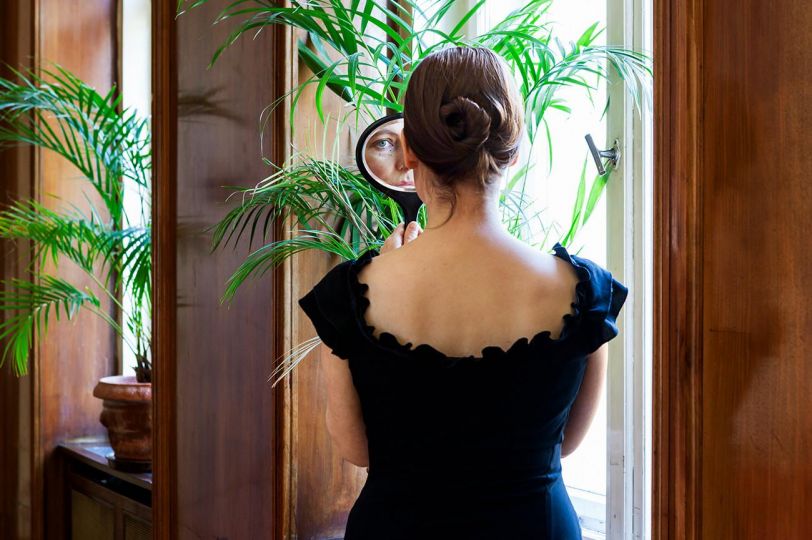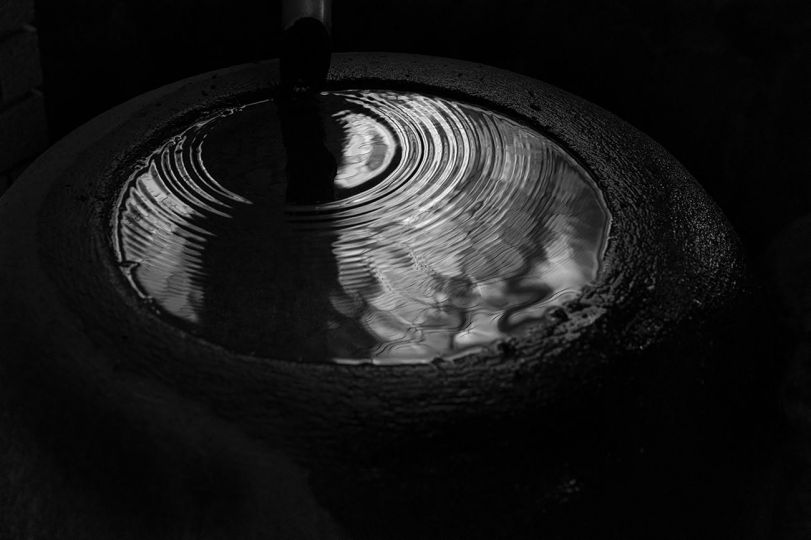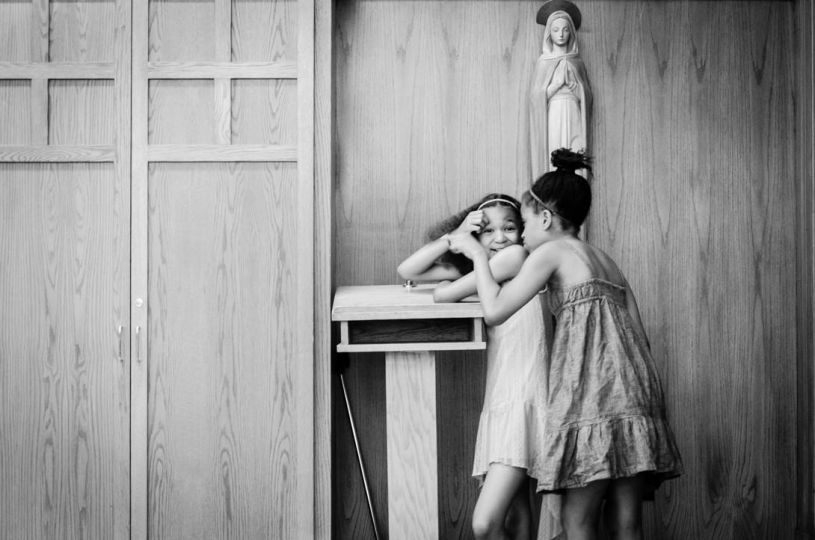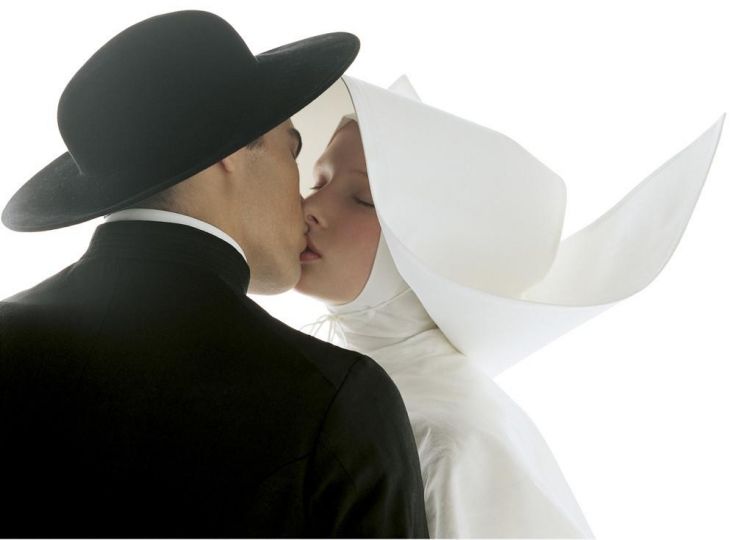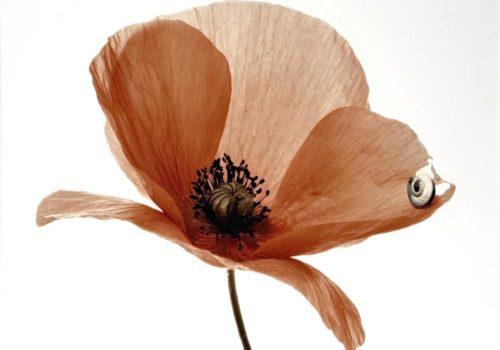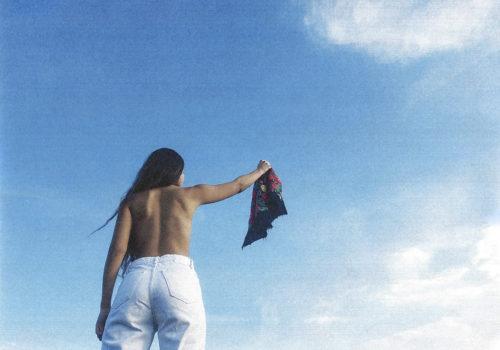Mathieu Forget: The Unreal in Motion
Mathieu Forget, also known as Forgetmat, has established himself as a singular figure in contemporary photography. In his images, the moving body becomes an artistic manifesto. With a dual gaze, blending performance and still imagery, he transcends gravity to explore an aesthetic where the instantaneous challenges physical logic. His dual heritage – athletic through his father, the tennis player Guy Forget, and artistic through his background in dance and cinema allows him to develop an aesthetic signature where the body defies gravity, merging performance and photography in a quest for visual weightlessness.
His work, marked by precise millimeter-level accuracy, relies on a near-scientific approach to movement and the decisive moment, capturing instances where the body’s dynamics appear suspended in time. Unlike digital illusions and post-production manipulations, Mathieu focuses on the authenticity of the moment, playing with gesture, composition, and the architecture of the spaces to create images of striking intensity.
Present on the international art scene, he has collaborated with prestigious brands such as Cartier, Gucci, and Adobe, while also participating in major institutional projects, including his role as an ambassador for the Paris 2024 Olympic Games. Through his lens, athletes become living sculptures, their performances elevated to the level of visual poetry.
With an approach that combines technicality, narrative, and staging, Mathieu Forget redefines the boundaries between photography, dance, and cinema, presenting a vision where the impossible becomes tangible, and where gravity is merely a convention to be deconstructed.
Your first photographic breakthrough?
Mathieu Forget: That’s a good question. My first true photographic breakthrough goes back to an image I took with a friend, Zach Lipson, in Chicago. It was, in a way, my first viral photo: you can see me in mid-leap, floating in the air. This shot marked the beginning of an artistic journey that gradually led me to embrace the desire to play with levitation, to explore it, and to make it a real visual signature. That’s when I decided to dive deeper into photography and turn it into a field of experimentation. If I remember correctly, it was in 2018.
The man or woman of images who inspires you or who may have inspired you?
M.F.: There are several. Yves Klein, first and foremost, whose work I deeply admire. Later on, Philippe Halsman was also a source of inspiration.
Curiously, I don’t have many purely photographic influences. If I think about it, in movie making, I have great admiration for Denis Villeneuve, whose visual universe fascinates me. Initially, my inspirations came more from street art and music videos. In fact, Colin Tilley, an American director who has made many influential music videos, has had a huge impact on me.
The Image You Wish You Had Taken?
M.F.: One photograph has deeply impacted me: Dali Atomicus by Philippe Halsman. This iconic image features Salvador Dalí levitating, surrounded by cats and water suspended in mid-air, creating a composition of striking audacity. Far ahead of its time, it embodies pure surrealism, where movement and suspension defy the laws of gravity. I’m not sure if retouching or tricks were used at the time, but the visual impact remains intact. If I had to choose an image I wish I had captured, it would be that one. Being a pioneer of such a style, like Philippe Halsman, would have been a true achievement.
An Image That Made You Angry?
M.F.: I don’t think any single photograph has ever made me angry, but some images deeply unsettle me, especially those depicting war. The work of photographers covering conflicts—whether in Gaza, Israel, or elsewhere—fills me with immense sadness, sometimes even anger. My approach is the complete opposite of these representations, yet I have immense respect for these photojournalists who capture history in real time, often at the risk of their lives. However, in a world oversaturated with images, their impact paradoxically becomes even more powerful and unsettling. It’s staggering that such scenes still exist today.
An Image That Changed Your World?
M.F.: It may sound self-centered, but the most defining image for me is the one I mentioned earlier, taken with my friend in Chicago. It was a real turning point, a decisive moment that influenced my entire journey. At the time, photography wasn’t an aspiration or even an option I had considered. I didn’t see myself either in front of or behind the camera. Yet, that image changed everything. It was the key that opened a door to a world I had never truly paid attention to before.
What Interests You Most in an Image?
M.F.: For me, a beautiful image is primarily about geometric harmony. I’m passionate about lines, architecture, and colors… Composition is essential. That’s why I speak of harmony: an image must be thoughtfully constructed, balanced. But harmony isn’t just about geometry—it extends to color, aesthetics, and that visual coherence that makes an image captivating. Even in black and white, what draws me in is always the structure, the arrangement of shapes. And if I had to add one more element, it would be simplicity. A strong image is never overloaded. The fewer elements there are, the stronger the impact.
What Was the Last Photo You Took?
M.F.: It was a photo I took at the Petit Palais with my phone. It captures a child in front of a street art exhibition being held there. What fascinates me about this image is the contrast. I love playing with contrasts in photography, and in this case, it’s particularly striking: world-renowned street artists’ works displayed in a historically rich venue like the Petit Palais. This dialogue between past and modernity creates a visual tension that I find magnificent.
A Key Image in Your Personal Pantheon?
M.F.: I’d say the photos I took in Turkey, on the salt lake of Tuz Gölü near Cappadocia in 2021. That moment allowed me to capture a series of very minimalist and pure images. I was jumping on the lake’s surface, and my reflection in the water created an almost surreal visual effect. This type of image—both simple and graphic—resonates deeply with me. I also have another series of photos that means a lot to me, taken during childhood travels with my parents. Fascinated by exotic animals, I captured unforgettable moments: me with an anaconda, a koala… Until I was 16, I was lucky enough to explore the world with them, and these photos tell the story of a child’s wonder at nature and its diversity.
In Your Opinion, What is the Most Important Quality in a Photographer?
M.F.: I’d say curiosity. The ability to marvel, to stay attentive to the world around us. Curiosity pushes us to explore, reinvent ourselves, and evolve constantly. As long as we remain curious, we continue to learn, grow, and move forward. It’s an essential driving force—not only in creation but in life in general.
What Makes a Good Photograph?
M.F.: Above all, it’s an image that tells a story and evokes emotion.
A Person You’d Like to Photograph?
M.F.: I’d love to photograph Pharrell Williams. And also take a picture with him.
An Essential Photography Book?
M.F.: Earth from Above by Yann Arthus-Bertrand.
The Camera of Your Childhood?
M.F.: It was the small disposable Kodak, the one you take on vacation.
And the One You Use Today?
M.F.: Today, it’s a Sony A1.
How do you choose your projects?
M.F.: In general, it’s about aligning several factors. It’s a matter of timing—finding the right place at the right moment. Sometimes, inspiration comes from a place that attracts me, and I say to myself that I’d like to return to photograph or tell a story. Other times, it’s a commission or a project that presents itself and intrigues me. And then, there are encounters, which play a key role. In reality, three elements often come into play: the location, the encounter, and even the outfit. These three aspects determine whether it’s the right moment to start a project.
A project particularly close to your heart?
M.F.: My first photography book, released in mid-October: Sport in the Air, or Making Sports Fly in French. This book retraces the entire artistic and athletic project I’ve developed in collaboration with Paris 2024 and the Olympic Games over the past two years. I had the honor of inviting more than 35 Olympic and Paralympic athletes to take part in this creative adventure.
Your favorite addiction?
M.F.: Movement.
The best way for you to disconnect?
M.F.: I have two answers to this question—one rather negative and another healthier. The bad one is finding myself in a situation where I’m forced to stop, like getting injured or falling ill—which, of course, isn’t ideal. But in a more constructive way, my way of disconnecting is playing video games. It might be surprising, but sometimes it’s the only way for my mind to truly rest. My job is so exciting, with constant creativity, that my brain and body are always in motion. When I’m not dancing, I’m taking photos. I think a lot of people who live at a similar pace feel the same way—always thinking, always creating. But video games are a way to completely unplug, even if, I admit, it can be a bit risky for balance.
What is your personal relationship with images?
M.F.: It’s a very strong connection because it has fueled all the artistic projects I pursue today. It all started with the music videos of artists I watched on TV—Michael Jackson, Justin Timberlake, and the dancers around them. I also loved seeing their physical and artistic performances. In reality, behind every film, there is a series of moving pictures, and it’s this composition—the settings, the moving bodies, the costumes—that caught my attention. For me, that’s where the dream lies—a dream deeply rooted in images.
Who would you like to be photographed by?
M.F.: I would have loved to be photographed by Erwin Olaf.
Your last extravagance?
M.F.: My last extravagance was booking a plane ticket to fly to the other side of the world.
An image to illustrate a new banknote?
M.F.: It would be a man and a woman kissing in mid-air.
A profession you wouldn’t have liked to do?
M.F.: Chef!!! I have immense admiration for chefs because I’m so bad at cooking that I see them as true artists. However, I don’t think I would have wanted to be a chef, especially after seeing the pressure and endless hours the job requires. Some manage brilliantly, and I know great chefs, but still, I can’t see myself in that field.
What has been your most extravagant professional experience so far?
M.F.: Without a doubt, dancing with Taylor Swift on stage at the MTV Music Awards. It’s a dream of pure artistry. Also, I had the opportunity to be the mascot Tony the Tiger for Frosties for two years. There’s one image where you can clearly recognize me, and another where it’s not obvious at all that it’s me. But in both cases, it was a truly amazing experience.
What’s the one question that would make you lose your temper?
M.F.: “When do you plan to stop?”
What’s the last thing you did for the first time?
M.F.: I reopened a book. Yes, I started reading again… a little! It didn’t last long, but it was a start.
A city, country, or culture you’d like to discover?
M.F.: Japan.
A place you never get tired of?
M.F.: I’d say… the shower (laughs).
Your biggest regret so far?
M.F.: I’m not someone who dwells on regrets. But I did stop my tennis career when I was at my best level, without really knowing how far I could have gone. It was a tough decision, marked by uncertainty about the future I could have built in that field.
Your favorite social network?
M.F.: Instagram, without hesitation. It’s the platform that works best for me today and where I took my first steps. Most importantly, it remains image-centered, which perfectly aligns with my visual universe.
Color or black and white?
M.F.: Color, obviously.
Natural light or studio light?
M.F.: Natural light—I love daylight.
In your opinion, which is the most photogenic city among those you know?
M.F.: It depends on the style you’re looking for. If I had to choose, I’d say Paris for the timeless beauty of its monuments. But New York also stands out as the most photogenic city simply because it offers infinite visual possibilities.
If God exists, would you rather pose with him or make him pose for you?
M.F.: I would pose beside him without hesitation. I’d capture a powerful image with him, but certainly not just a simple selfie. I would stay true to my approach, but this time, he would probably be the one directing me. If he really existed, I’m convinced he’d have all the keys to make that moment extraordinary.
If I could organize your ideal dinner, who would be at the table?
M.F.: I think I’d host a dinner mixing artists, athletes, and musicians. If I had to name a few, it could be Rafael Nadal, Hugh Jackman, Pharrell Williams, Meryl Streep, and another great woman I admire—Mata Amritanandamayi (aka Mahatma Amma), the famous Indian woman known for giving hugs.
The image that, in your opinion, represents the current state of the world?
M.F.: The yin and yang symbol. There is a very beautiful, very white, very harmonious side, but at the same time, in this world, there is also a dark, very black side filled with hate and war. And yet, the two coexist.
If you had to start over, what would you do?
M.F.: I think I would have taken up a different sport instead of tennis. Maybe basketball or soccer.
What would you like people to say about you?
M.F.: That I was a kind person who inspired others.
One thing someone must know if they want to be your friend?
M.F.: That I’m someone who often says yes to life. Sometimes a bit too much.
A final word to conclude this interview?
M.F.: I would love for everyone to be able to make a living off their passion—or at least give themselves the means to discover what truly excites them. I hope that by reading this interview, people take the time to think about that and find a way to turn their dreams into reality.
Website : www.forgetmat.com
Instagram : @forgetmat
Book : « Faire voler le sport, Sport in the air », Bilingual French-English edition, www.forgetmatshop.com

